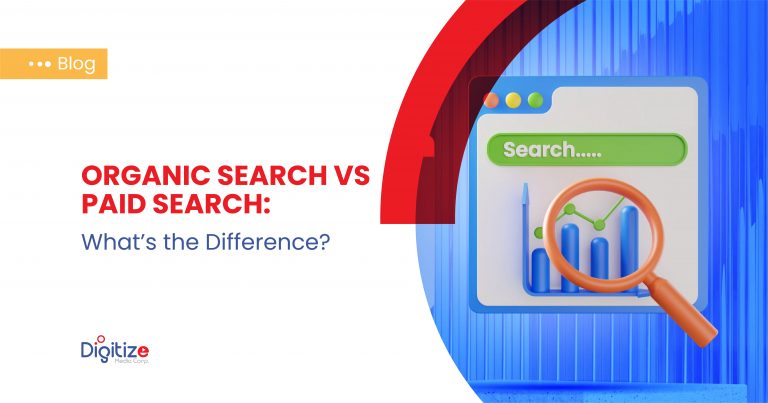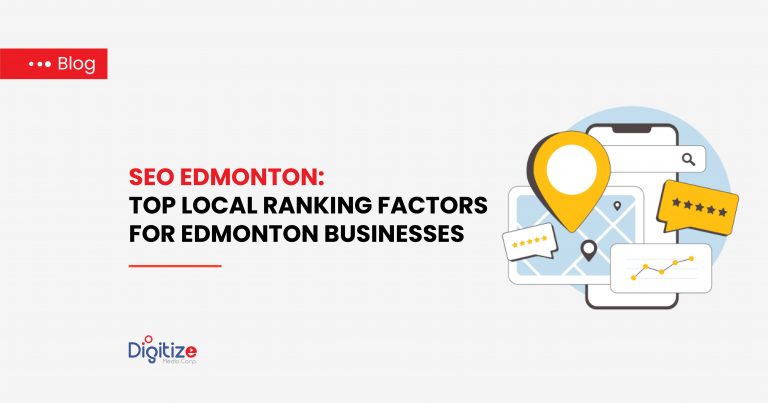In the evolving landscape of technology, CDAP (Canada Digital Adoption Plan) Artificial Intelligence ethics have emerged as a pivotal concern for users, particularly in Edmonton. As digital advisors navigate this complex domain, understanding and addressing the ethical dilemmas associated with AI becomes paramount. This article aims to shed light on these critical considerations, ensuring that AI’s integration into CDAP projects aligns with moral and ethical guidelines.
Ethical Considerations in CDAP Artificial Intelligence
- Fairness in AI Algorithms: This part will explore how AI can sometimes reflect or amplify societal biases, particularly when trained on datasets that are not diverse or representative. The focus would be on strategies to ensure that AI algorithms in CDAP projects are fair and do not discriminate against any group. This could include techniques like diverse data sourcing, continuous monitoring of outcomes for signs of bias, and incorporating fairness metrics in the AI’s design.
- Transparency and Accountability: Transparency in AI systems refers to the ability of users to understand how the AI makes decisions. This is particularly challenging in CDAP systems, which often deal with complex data and may use sophisticated, sometimes opaque, machine learning models. The article will discuss the importance of building AI systems where the decision-making process is clear and understandable to users. Accountability goes hand-in-hand with transparency, ensuring that there are mechanisms in place to hold the system (and its creators) responsible for the decisions it makes.
- Mitigating Bias: This section will delve deeper into the specific methods to identify and reduce biases in AI systems. Since AI algorithms in CDAP projects can inadvertently learn and perpetuate existing biases present in the training data, the article will discuss techniques like algorithmic audits, diverse team composition during AI development, and the use of AI ethics guidelines to mitigate these biases.
- Ethical Data Use: Here, the focus would be on the ethical considerations surrounding the data used in CDAP AI systems. This includes concerns about privacy, data security, and the consent of individuals whose data is being analyzed. The article would emphasize the importance of ethical data collection practices, securing user data, and ensuring that data is used in ways that respect the privacy and rights of individuals.
Each of these aspects plays a crucial role in ensuring that CDAP AI systems are developed and used in a manner that is ethical, fair, and aligned with societal values. The aim is to foster trust among users and to ensure that the benefits of AI in CDAP projects are realized without compromising ethical standards.
Ethical Challenges in CDAP AI
- Fairness and Equity: One of the primary ethical challenges in CDAP AI is ensuring fairness. AI algorithms can inadvertently perpetuate or exacerbate existing societal inequalities. This can happen through the data these systems are trained on, which might reflect historical biases or unequal representation of different community groups. Ensuring that AI systems are fair means, they must be developed and deployed in a way that considers and addresses these disparities, ensuring equitable benefits for all community members.
- Transparency and Explainability: AI systems can be incredibly complex, often functioning as ‘black boxes’ where the decision-making process is not transparent. In a CDAP context, where decisions can significantly impact individuals and communities, these AI systems must be designed to be as transparent and explainable as possible. Stakeholders, including the general public, should be able to understand how and why a particular AI-driven decision was made. This transparency is key to building trust and accountability in CDAP AI systems.
- Data Privacy and Security: AI systems require large amounts of data to function effectively. In CDAP, this data often includes sensitive personal information. Protecting this data from breaches and ensuring privacy is an ethical imperative. Ethical AI in CDAP must include stringent data security measures and respect for individual privacy, aligning with legal standards and ethical best practices.
- Bias Detection and Mitigation: AI systems are prone to biases based on their training data. In CDAP, such biases can lead to discriminatory outcomes, such as favoring one demographic group over another. Ethically deploying AI requires proactive measures to detect and mitigate these biases. This involves diverse data sets for training, regular audits of AI systems for bias, and implementing corrective measures when biases are detected.
- Accountability and Responsibility: Determining accountability in decisions made by AI systems is a complex ethical issue. In CDAP, it’s crucial to establish clear lines of responsibility, especially when AI-driven decisions have significant implications for individuals or communities. This includes developing frameworks to address any negative outcomes and ensuring that there are mechanisms for redress.
- Socio-Economic Implications: AI in CDAP can have broad socio-economic implications, including impacting employment and access to services. Ensuring that the deployment of AI does not disproportionately disadvantage certain groups or widen socio-economic gaps is a key ethical consideration.
- Long-Term Impacts and Sustainability: The long-term implications of AI in CDAP need to be considered, including how these technologies might evolve and their sustainability. Ethical AI deployment in CDAP should consider future societal impacts and the potential need for adapting or updating AI systems as societal norms and values evolve.
Case Studies: Ethical AI in Action
Examining real-world applications of AI in CDAP provides valuable insights. Case studies, such as AI-driven disaster response programs, highlight the importance of ethical considerations in AI deployment. These examples offer lessons in balancing technological advancement with ethical responsibility.
Conclusion
The intersection of CDAP and Artificial Intelligence ethics is a complex but crucial area of focus. As AI becomes increasingly prevalent in community programs, it is our collective responsibility to ensure that these technologies are used in a way that is fair, transparent, and beneficial for all community members. Embracing ethical AI practices in CDAP is not just about preventing harm; it’s about fostering a future where technology amplifies the best of human values.








